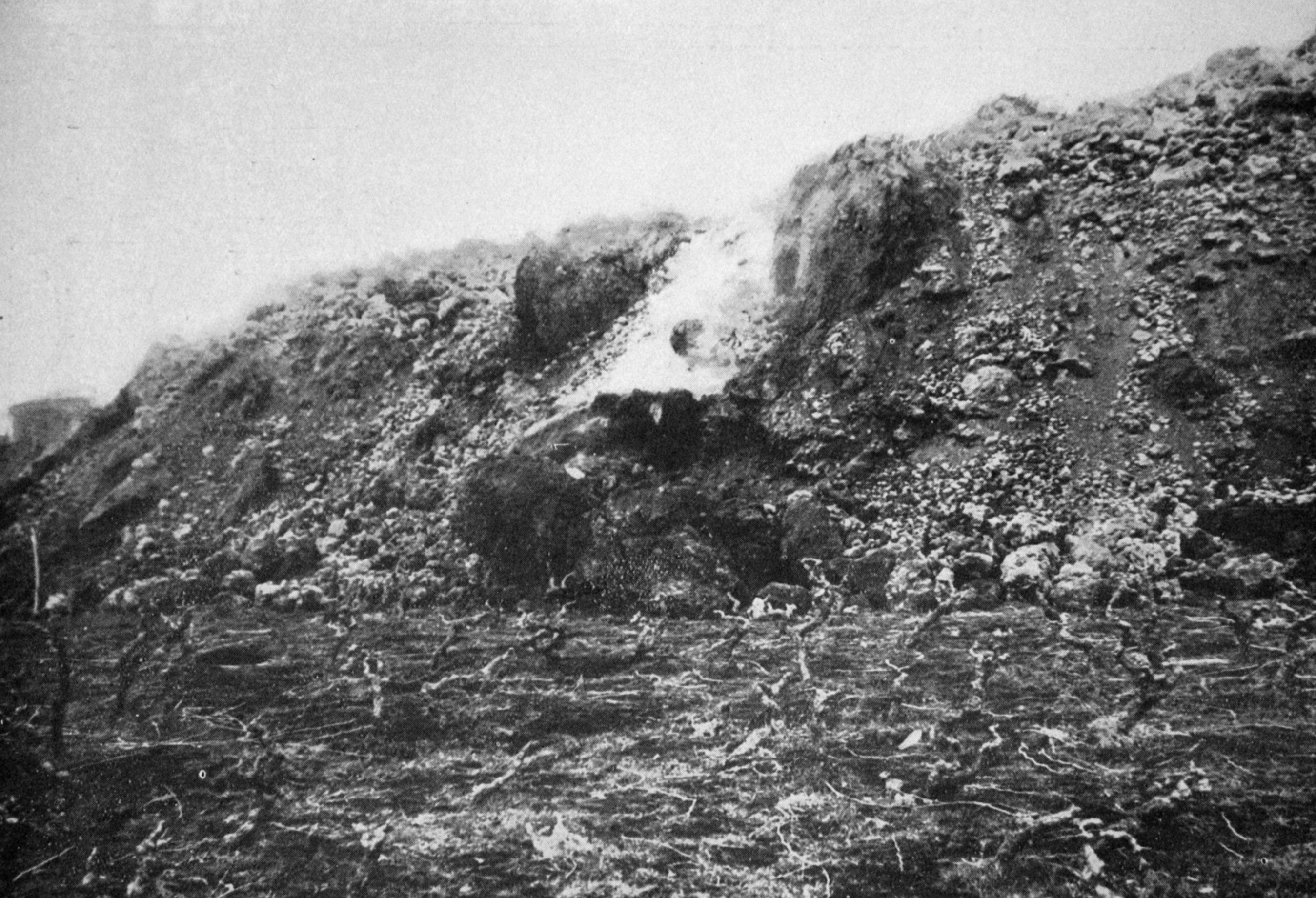
Thousands of tons of lava have been emitted by the main crater, while five new craters have appeared. Some of the most fertile vineyards, farms, and woods in Sicily have been destroyed, together with many houses. The railway station at Castiglione was also destroyed. A lava stream 350 yards wide is advancing at the rate of 300yd an hour and threatening the town of Lingualosa. The latter town, as well as Castiglione, has been completely evacuated, the inhabitants fleeing with their portable belongings. When the latest advices were received the molten stream was only 3000 feet from Castiglione, which it is feared will be completely obliterated.
Spare ambulance needed


Superintendent Napier wrote to the board that they could not much longer hope to keep up the present efficient ambulance transport service with the machines at command. Some months ago he reported that both motors required a thorough overhaul, but that it was impracticable to do so unless a relieving machine was obtained. The position was now even worse, and there was no doubt whatever that ere long they would be faced with motors totally incapable of carrying on the ambulance service. As previously reported, the only effective manner in which they could keep the service up to the required efficiency was by the provision of a third machine, which would permit of one machine being taken off duty for overhaul when required. He was very well aware that the St John Ambulance Association was by no means a wealthy body, but surely there must be friends of the society who could assist in finding the necessary finance to keep the ambulance transport in a state of readiness for any calls which might be made. The St John Ambulance motors responded to 100 calls during May.
Artisan repairs carvings
The restored front of a carved Maori storehouse was exhibited at the meeting of the Otago Institute last night. It was explained that the carving, which had been secured from a dealer in Wellington, had been barbarously mutilated. Parts of it had been missing, but, as the result of some arduous research work by a Dunedin carver, Mr Kania, the missing parts had been restored. The original carving had evidently been undertaken with stone tools or by a man who had learned his trade with stone tools, as the designs did not stand out as far as those carved with steel tools. In restoring the front, Mr Kania had used steel tools and consequently the carving in the restored portion was deeper than that in the original.
More money for Plunket
There are at present 62 Plunket nurses working in New Zealand. The Government subsidises each nurse to the extent of £125 — a little more than half of what they receive for salary and expenses. It is impossible for the council to do much without further aid from the Government, and consequently an application was made some time ago for a grant of £3125 to enable an additional 25 Plunket nurses to be stationed in centres where already local committees have been set up preparatory to the installation of the Plunket service. The Minister of Public Health (the Hon C.J. Parr) says that the Cabinet has acceded to the application of the Plunket Society and has decided to make a further grant of £3125 per annum.
— ODT, 20.6.1923 (Compiled by Peter Dowden)












